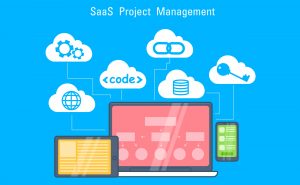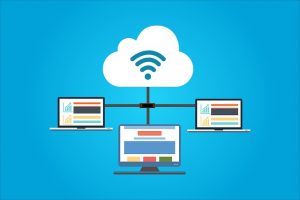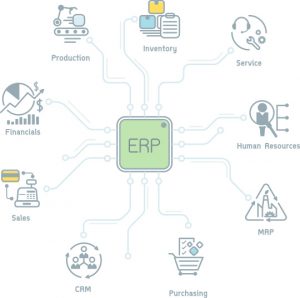What is corporate performance management (CPM) and the Cloud

CPM (definition) – Corporate performance management (CPM) is the area of business intelligence (BI) involved with monitoring and managing an organization’s performance, according to key performance indicators (KPIs) such as revenue, return on investment (ROI), overhead, and operational costs. CPM is also known as business performance management (BPM) or enterprise performance management (EPM).
Historically used within finance departments, CPM software is now designed to be used enterprise-wide, often as a complement to business intelligence systems. CPM software includes forecasting, budgeting and planning functions, as well as graphical scorecards and dashboards to display and deliver corporate information. A CPM interface usually displays figures for key performance indicators so that employees can track individual and project performance relative to corporate goals and strategies. Some companies use established management methodologies with their CPM systems, such as balanced scorecard or Six Sigma.
Cloud” based “Software as a Service” (SaaS) what does it feel like
- Prospective purchasers often don’t need to contact him or his office, they simply subscribe and begin to use it (simple software acquisition, no setup, no computer to acquire, configure, manage and maintain)
- Dramatically reduced need of IT involvement in application, it is entirely user driven
- Lower cost of availability and maintenance because of all the items foregone see 1)
- User-friendly and familiar web browser interface< and access from mobile devices
- Training is available online, rarely does anyone call. No need for anyone to travel and users can get the training the moment they need it.
- Those clients who want more users and have more data simply pay more. No need to go through purchasing to buy more licenses, no more computers to buy … see 1)
- Security of valuable information
- Updates and new releases immediately available to all users and all customers at the same time
How does it influence on Corporate Performance Management (CPM) software?
CPM is emerging as a major driver of corporate value through automation of previously people-intensive activities such as financial close, budgeting, cash management, management reporting compete with non-financial data leading to integrated planning and analysis. All of which leads to the creation of real time “one version of the truth” for everyone both inside and outside the organization who have information needs.
The benefits of having cloud-based SaaS CPM solutions becomes very evident when you think about the benefits 1) – 8) itemized above. Security is proving to be better in the cloud than on in-house facilities, which makes CFO’s much more interested than ever before. Of course doing so at a lower overall cost increases their interest.
Huge finance function efficiencies are accomplished through all online all the time automation of monthly financial and management reports and their distribution with dashboards available on mobile platforms. That way decision makers are always informed on critical performance management information earlier and with greater reliability and hindsight than ever before.
Also, decision makers need and can have access through the cloud to instant insight about critical operating variances. This becomes of huge potential value in today’s world of constant change, volatility and risk, continuous distribution of real-time operating and financial indicators (hourly orders, revenue by customer, region, service or product volumes along with qualitative data) by ensuring they can assess changes and formulate alternative responses and make the best-informed choices possible.
Scalability is a significant advantage for CPM users, because it provides for multiple users to build many-year simulation models, many different versions of plans, budgets, forecasts and what-if analyses. More interestingly, with the ability to roll massive data sets such as revenue and detailed cost and profitability by product, customer and distributor channel then to undertake numerous sensitivity analyses by changing assumptions such as customer/ volume price discounts and commodity price fluctuations. With such power in the hands of financial analysts, decision makers have access to foresight on the potential outcomes for choices relative to a variety of different alternatives.
The opportunity for finance function staff, Financial Planning and Analysis staff, Controllers and CFO’s to become critical purveyors of integrated knowledge to inform decisions and to drive organization value is massively increased with the use of CPM and even more so when it is housed in the cloud


























